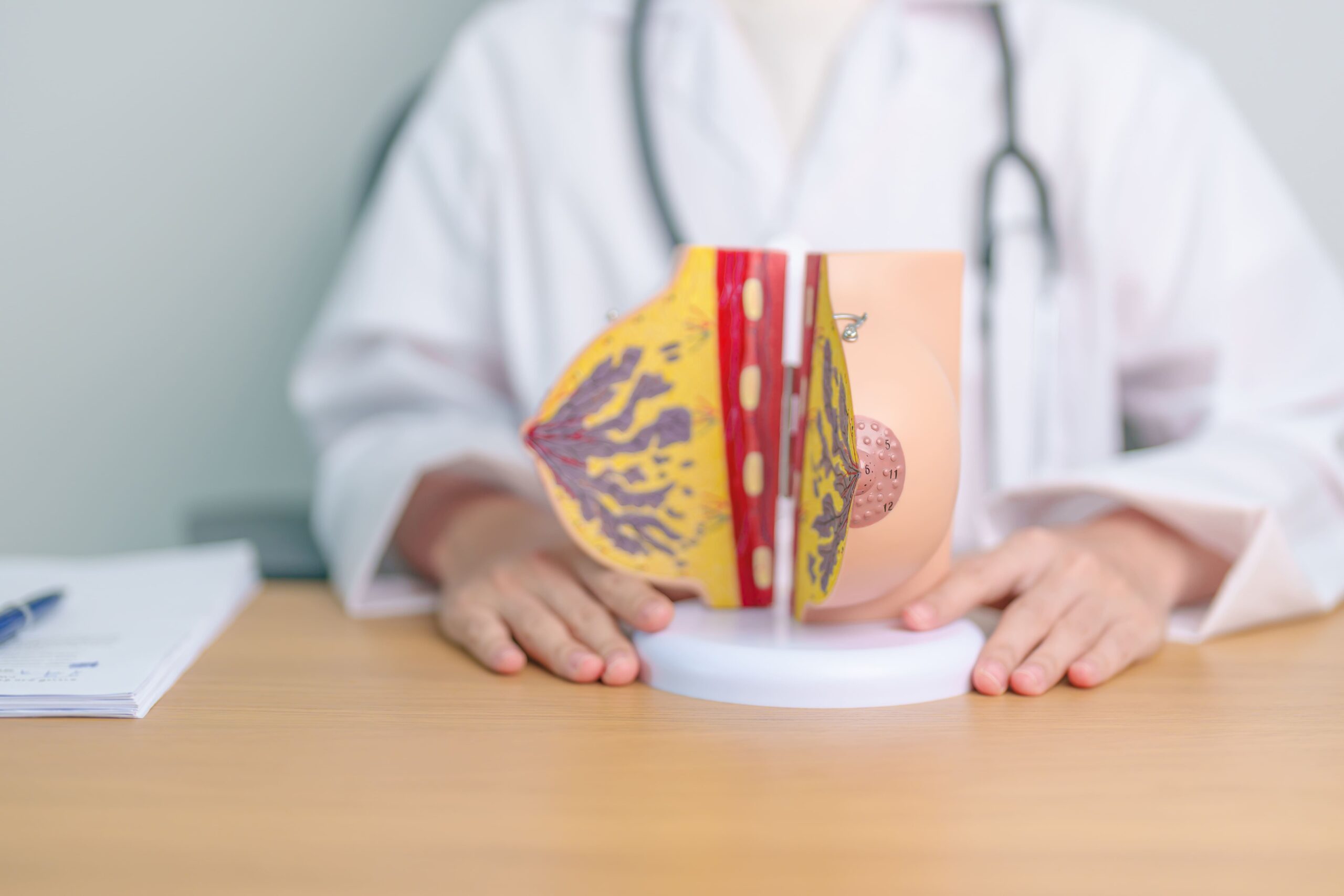Potential Complications
While lumpectomy is generally considered a safe procedure, patients should be aware of some potential risks and complications.
- Infection: Infection at the incision site can manifest as redness, swelling, pain, or discharge. Treatment typically involves antibiotics and close monitoring.
- Bleeding and Hematoma Formation: Some patients may experience bleeding or the formation of a hematoma (a collection of blood outside of blood vessels) at the surgical site, which might require additional intervention.
- Scarring and Changes in Breast Appearance: Scarring is inevitable with any surgery, and in some cases, the shape of the breast may change post-surgery.
- Seroma Formation: A seroma is a build-up of fluids in the area where the tumour was removed. While often naturally absorbed by the body, large seromas may need to be drained.
- Numbness or Changes in Sensation: Some patients may experience temporary or permanent changes in sensation in the breast or nipple due to nerve damage during surgery.


